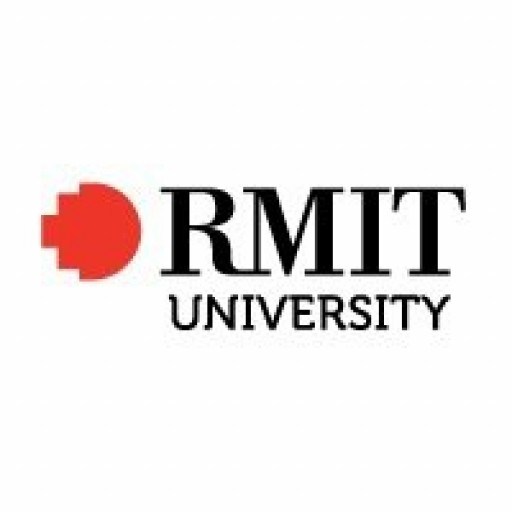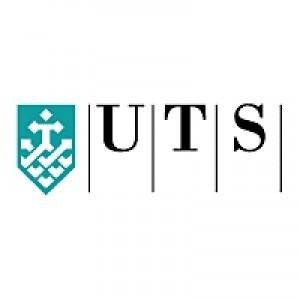Photos of university / #rmituniversity
The Bachelor of Architecture at the Royal Melbourne Institute of Technology (RMIT) is a comprehensive and forward-thinking program designed to equip students with the knowledge, skills, and creative abilities necessary to excel in the dynamic field of architecture. This undergraduate degree is structured to provide a strong foundation in architectural design, technology, history, and theory, fostering innovative thinking and practical problem-solving skills that are essential in today’s rapidly evolving built environment. Throughout the course, students engage in rigorous studio-based learning, collaborative projects, and real-world industry experiences, ensuring they develop a professional mindset and a portfolio of impressive work. RMIT emphasizes sustainable design principles, digital innovations, and culturally responsive practices, preparing graduates to address contemporary challenges such as climate change, urbanization, and social equity. The program also offers opportunities for international study exchanges and industry placements, allowing students to gain global perspectives and industry connections. By the completion of their studies, graduates are well-prepared to pursue registration as architects or to engage in various related fields such as urban planning, interior architecture, or design consultancy. The Bachelor of Architecture at RMIT is committed to fostering creativity, leadership, and ethical responsibility, making it an ideal choice for aspiring architects who want to impact the future of our built environment positively.
Year One of Program
Complete the following Six (6) Courses:
| Course Title | Credit Points | Course Code | Campus |
|---|---|---|---|
| Architecture Design Studio 7 | 24 | ARCH1330 | City Campus |
| Architecture Professional Practice 1 | 12 | ARCH1331 | City Campus |
| History Asian Architecture and Urbanism | 12 | ARCH1332 | City Campus |
| Architecture Design Studio 8 | 24 | ARCH1333 | City Campus |
| Architecture Professional Practice 2 | 12 | ARCH1334 | City Campus |
| Architecture Design Elective 1 | 12 | ARCH1338 | City Campus |
AND
Year Two of Program
Complete the following Five (5) Courses:
| Course Title | Credit Points | Course Code | Campus |
|---|---|---|---|
| Architecture Design Studio 9 | 24 | ARCH1335 | City Campus |
| Architecture Professional Practice 3 | 12 | ARCH1336 | City Campus |
| Architecture Design Elective 2 | 12 | ARCH1339 | City Campus |
| Architecture Major Project | 36 | ARCH1337 | City Campus |
| Architecture Design Elective 3 | 12 | ARCH1340 | City Campus |
You must have successfully completed an Australian architecture specific bachelor degree (or equivalent overseas qualification).
You will be selected competitively based on your grades and folio.
Prerequisites
None
Selection tasks
You must submit with your application:
- a personal statement outlining motivation for applying for the program (maximum one A4 sheet)
- curriculum vitae: personal details, academic achievements and professional experience (any work experience you are currently undertaking)
- Academic Transcript - a transcript of academic results from previous or current studies
- Folio – see below.
Short-listed applicants only will be required to attend an interview, as assigned, in mid to late June, 2017.
Folio requirements:
The folio should include a
- package of images, drawings, sketches, paintings, models, photographs, computer work, etc. of personal creative/design projects as well as concepts/ideas that lead to the final design piece.
Digital folios must be formatted as an A3 or A4 size PDF document with a maximum 30 pages and must not exceed a file size of 10MB.
Other information
If you successfully complete RMIT’s BP250 Bachelor of Architectural Design with a grade point average of 2.5 or more you are guaranteed entry in to this program.
The Bachelor of Architecture program at RMIT University offers a comprehensive curriculum designed to equip students with the necessary skills and knowledge to succeed in the architectural industry. Regarding financing studies for this program, students can explore a variety of funding options to support their education. Domestic students may be eligible for government loans such as the Victorian Student Loan Scheme (VSL) or the Commonwealth Supported Place (CSP), which can significantly reduce the financial burden by offering subsidized tuition fees. International students are generally required to pay full tuition fees; however, they can consider scholarships, grants, and financial aid options offered by RMIT University or external organizations. Scholarships may be awarded based on academic achievement, financial need, or specific criteria related to diversity and inclusion. In addition to scholarships, students are encouraged to seek external funding sources, including government-sponsored grants and private sponsorships. The university also provides flexible payment plans and financial counseling services to help students manage their tuition fees and living expenses effectively. It is advisable for prospective students to review the specific financial aid options available each academic year on the official RMIT University website or contact the university’s student financial services directly for tailored advice. Overall, financing a Bachelor of Architecture at RMIT involves a combination of government aid, scholarships, external grants, and personal financial planning, ensuring students can focus on their studies while managing their educational expenses effectively.
The Bachelor of Architecture at the Royal Melbourne Institute of Technology (RMIT) is a comprehensive undergraduate program designed to prepare students for a professional career in architecture. This program equips students with the necessary skills and knowledge to engage in innovative design, sustainable building practices, and urban development. The curriculum emphasizes critical thinking, technical proficiency, and creative problem-solving, providing a solid foundation in architectural theory, history, and practices. Students learn through a combination of theoretical coursework, studios, and practical exposure, including industry placements and collaborations with real-world clients. RMIT's facilities include state-of-the-art design studios, laboratories, and workshops, enabling students to experiment with digital modeling, sustainable design techniques, and construction technologies. The program encourages a global perspective, fostering understanding of diverse cultural contexts and contemporary urban challenges. Graduates of this program are prepared to pursue registration as architects and work across various sectors such as urban planning, interior architecture, landscape architecture, and construction management. RMIT also offers opportunities for postgraduate study, research, and professional development, making it a dynamic environment for aspiring architects committed to innovation and excellence. The program is accredited by relevant Australian authorities, ensuring graduates meet national and international professional standards.





